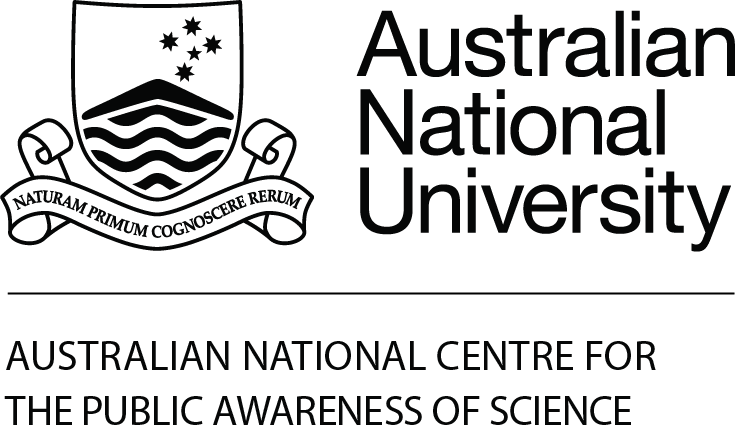Coastal communities on low lying islands, such as in the Pacific Ocean, are facing increasing impacts relating to global warming. Research and aid is increasingly focused on helping these communities adapt to significant coastal change through local adaptation strategies and methods of engagement that promote resilience.
What role can science communication play in helping communities deal with the impacts of sea level rise?
This presentation introduces a case study of the development of a mangrove vulnerability assessment in Micronesia to explore:
– the role of visual design and imagery in communicating cross-culturally with vulnerable communities;
– the importance of using local knowledge and expertise to help formulate communication approaches and tool/products;
– how multiple partners and stakeholders can be engaged effectively; and
– ways to overcome the challenges of presenting information to a remote and varied audience.
What will attendees gain from this session?
This presentation will provide attendees with:
– a broad overview of the work Michael has done to communicate coastal impacts and adaptation methods to promote resilience in vulnerable island communities;
– reflections on the work completed to date in Micronesia;
– an understanding of some of the challenges of presenting information to a remote and varied audience; and
– examples of images produced for the project, including technical illustrations, diagrams and maps.
Presenter
Michael Helman, Director, Communicatrium
When: Tuesday 18th February, 2:00pm-3:30pm
Where: Room G21, Learning and Teaching Building, 19 Ancora Imparo Way, Clayton
Hashtag: TBC
